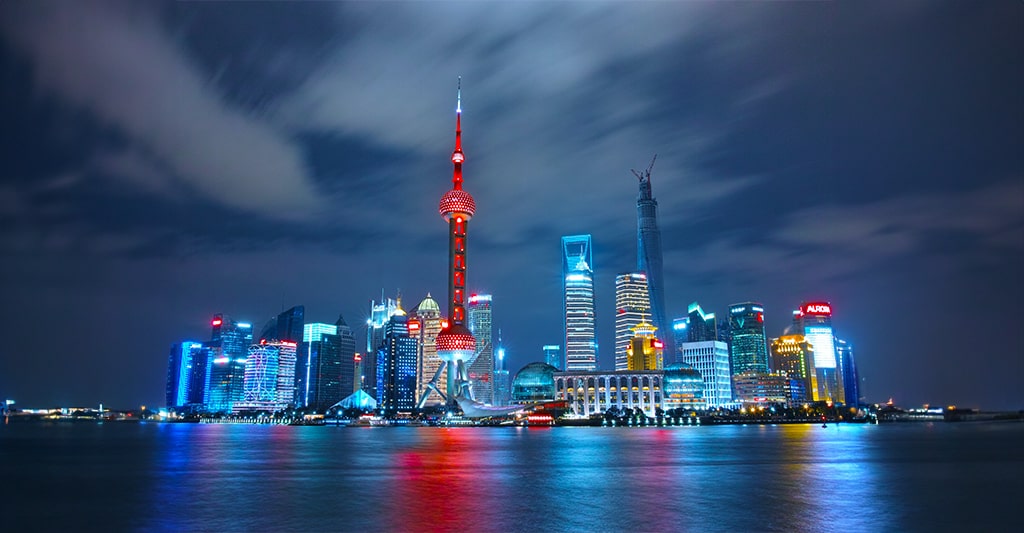
Is the Prediction of China’s Global Dominance Fading?
In recent years, pundits and analysts alike have speculated on the inevitable rise of China as a global superpower, with predictions of economic, technological, and geopolitical dominance. However, as we traverse the complexities of the current global landscape, it’s worth pondering whether the once-confident predictions of China’s unrivaled ascent are beginning to wane.
Economic Challenges and Slowdown
One of the key pillars of China’s predicted dominance was its meteoric economic growth. Yet, recent data suggests a deceleration in China’s economic expansion. The nation faces challenges such as an aging population, a shrinking workforce, and the need to transition from an export-driven economy to one fueled by domestic consumption.
Key Points:
- Economic growth has slowed from the double-digit figures of the past to a more moderate pace.
- Demographic challenges pose a threat to sustained economic vitality.
- Structural reforms and technological innovation are imperative for continued economic ascendancy.
Technological Race and Innovation Struggles
China’s technological prowess was anticipated to be a driving force in its quest for global dominance. While the country has made significant strides in areas like 5G technology and artificial intelligence, it faces headwinds in the form of increased scrutiny, global competition, and concerns over data security.
Key Points:
- Global skepticism around Chinese tech firms poses challenges to international expansion.
- Regulatory crackdowns on tech giants within China raise questions about innovation stifling.
- The global tech race is evolving into a more balanced competition, challenging China’s dominance narrative.
Geopolitical Frictions and Soft Power Challenges
China’s growing influence was expected not only economically and technologically but also in the realm of geopolitics and soft power. However, the geopolitical landscape has become more complex, with tensions rising over issues like territorial claims, human rights, and ideological differences.
Key Points:
- Geopolitical conflicts, such as those in the South China Sea, strain China’s global image.
- Criticism of China’s human rights practices has led to diplomatic challenges.
- Building a positive global image and wielding soft power require delicate diplomatic maneuvers.
Global Economic Shifts and Supply Chain Realities
The interconnectedness of the global economy plays a pivotal role in shaping China’s global standing. Recent disruptions, such as the COVID-19 pandemic and supply chain reconfigurations, have prompted a reevaluation of global economic dynamics.
Key Points:
- Supply chain diversification strategies by multinational companies impact China’s centrality.
- Global economic shifts and regional partnerships influence China’s trade dynamics.
- Adaptability to evolving economic structures is essential for maintaining global relevance.
The Importance of Adaptability and Reform
While the narrative of China’s global dominance may be facing challenges, it is crucial to note that predictions are not certainties. China has demonstrated resilience and adaptability in the face of shifting dynamics. Internal reforms, technological advancements, and diplomatic finesse could reshape the trajectory of China’s global role.
Conclusion: A Reassessment, Not a Diminishment
The question of whether China’s predicted global dominance is fading is more appropriately viewed as a reassessment. The landscape is evolving, and China’s ascent, while facing hurdles, remains a significant force. Navigating economic, technological, and geopolitical challenges will require strategic reforms and a commitment to international collaboration.
In the grand tapestry of global affairs, the story of China’s role is still being written. Predictions may be adjusting, but the narrative is far from concluded. As we witness the ebb and flow of global dynamics, the true extent of China’s influence will unfold through a complex interplay of internal resilience and adaptability in the face of an ever-changing world.




